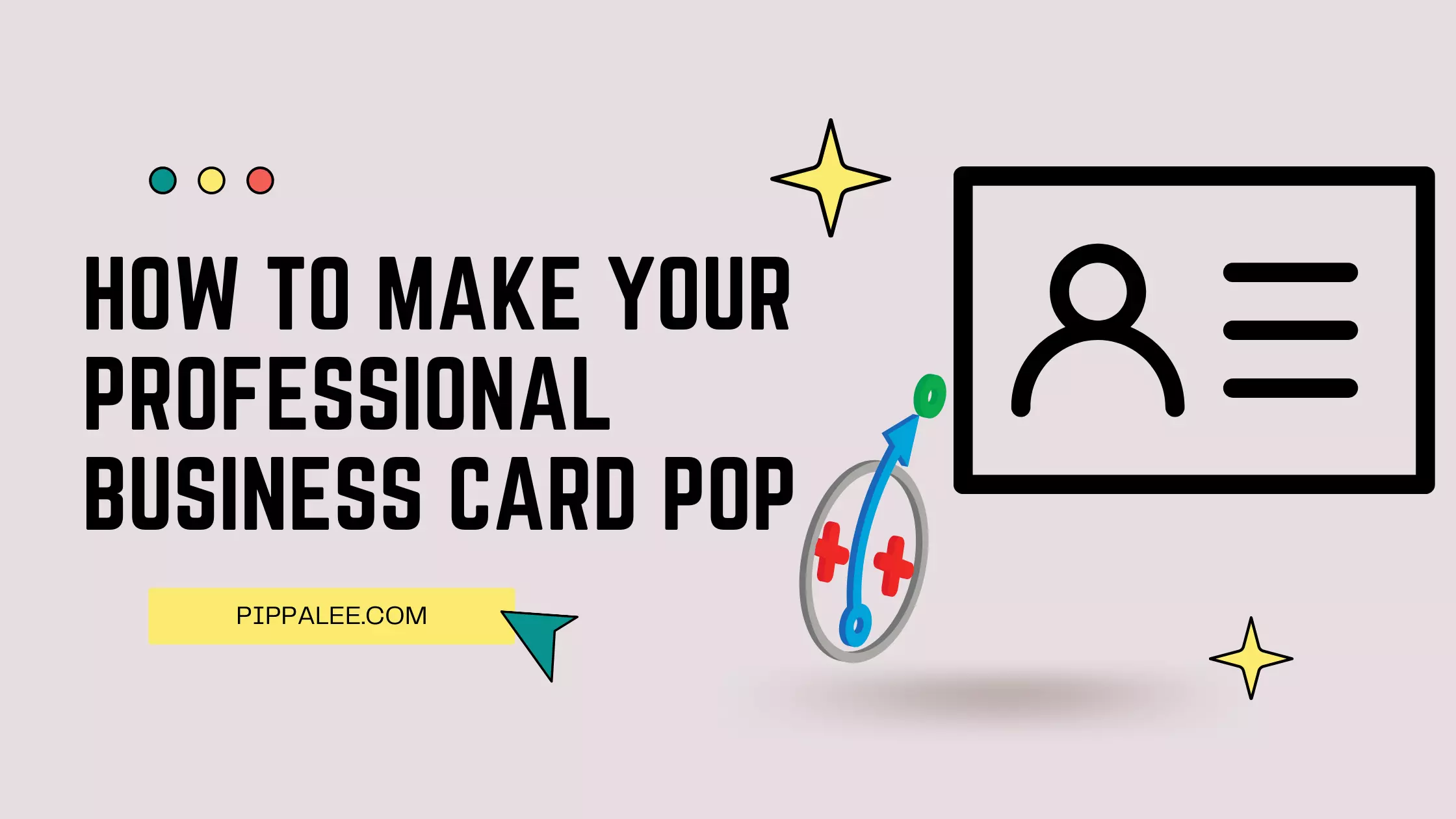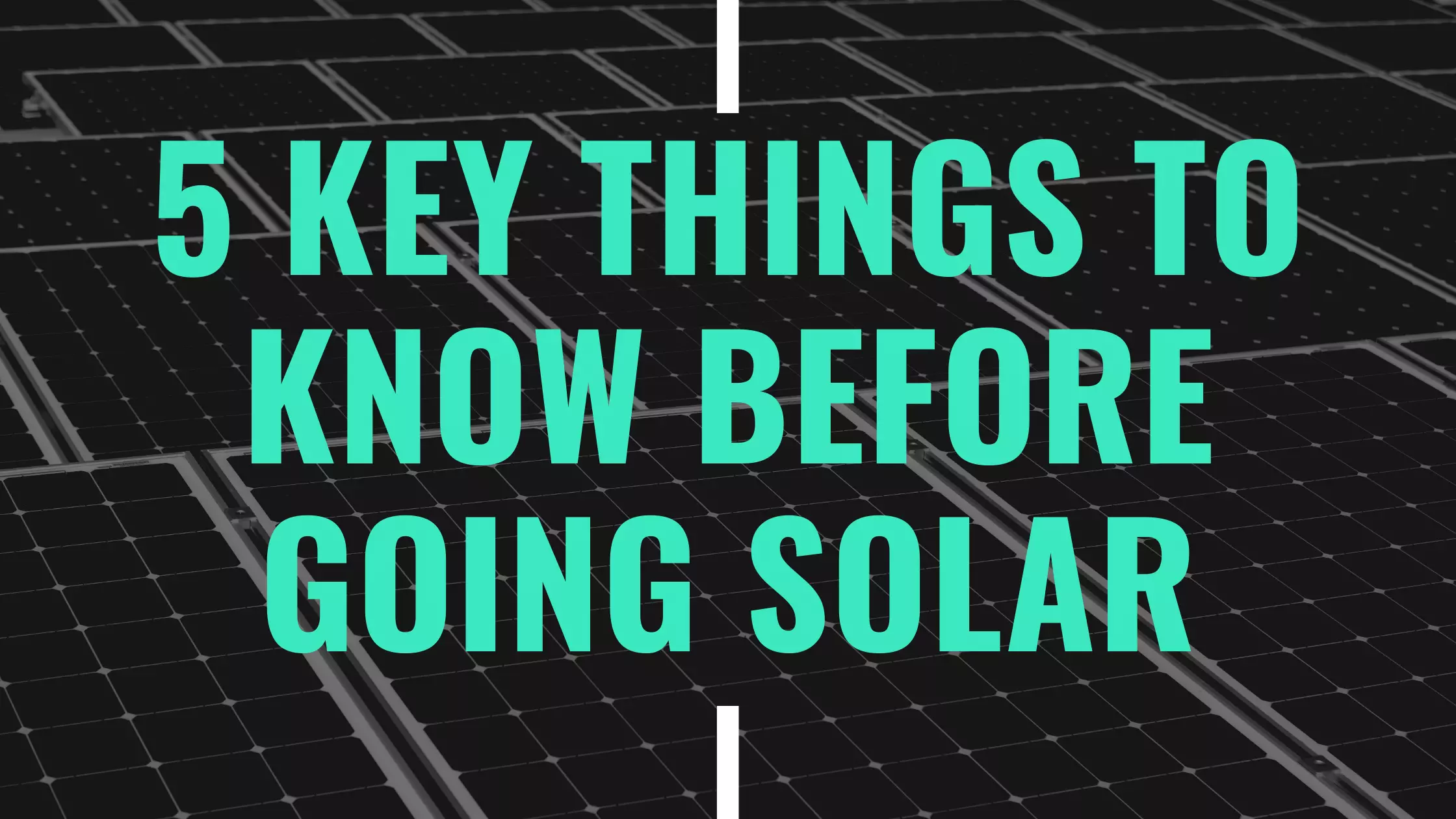Even back in 2015, almost 90% of all Americans were familiar with some of the ways that their data might be going places that they did not intend it to go. However, only a tiny fraction of people have learned how to take measures to keep their data as private as possible.
As the world of data and technology changes, there is increasing concern that people are taking the data and messages from huge numbers of people and using it to track or manipulate them. It is important that people adapt to the new technological environment. In some cases, that can mean learning how to keep your digital messages private.
So what can you do to make sure that your digital messages only go where you intend them to? Read on to learn all about the measures you can take to keep your digital messages private!
Dust:
There are a number of different tools and apps that you can use to keep your digital messages private. One of the most sophisticated tools on this list is the Dust app. This app is designed to maximize privacy and security.
One of the most important things to look for when it comes to messaging systems is whether or not they have end-to-end encryption. End to end encryption means that even the people who provide the messaging service are not able to read the contents of your messages.
However, you should keep in mind that the companies who manage these kinds of messaging services may still be able to access meta-data about your messages. This can include information like when you send messages and to whom.
Another powerful feature that the Dust app provides is the ability to keep anybody in the conversation from sharing or taking screenshots of your conversations. This way, even if the recipient of a message wants to share it with others, they will not be able to.
On top of that, the Dust app allows you to set an automatic deletion timer. That means that all of your messages will be deleted after a certain time has passed after you send them. You can also set it so that your messages will be deleted some amount of time after the recipient has looked at them.
All of these functions allow you to maximize the privacy of your digital messages.
Signal:
Although the Dust app provides an incredible amount of function, it does have one flaw. It is not open source. While, in theory, the fact that it is end-to-end encrypted means that the company cannot possibly look at your messages, it is always possible that their code does not do exactly what they say that it does.
In fact, this applies to practically every tool you’ll ever use. No matter what people tell you about the tool, if you cannot look at the actual code that responds to your inputs, you could never know exactly what is being done with your inputs.
That is where open-source software tools come in handy. You can think of Signal as a little bit like Dust, with a couple of big differences.
First of all, the Signal messaging app is open source. That means that anybody who is capable of understanding code can look at the code and verify for themselves that it does exactly what the company says that it does. That is a big improvement on the Dust app.
On the other hand, Signal messaging does not have quite the same functionality as the Dust app.
While Signal messenger does allow you to set up automatic deletion of your messages, it does not allow you to stop people from sharing or screenshotting what you send. That means that you should only send messages to people that you trust to manage them responsibly.
Creative Use of Email:
Some people maximize their privacy by never sending a message to another user in the first place. But how is it possible to do this if you want somebody to get a message that you compose?
You can keep your digital messages private by creating an email account and giving the username and password to the other person you wish to communicate with.
This allows both users to write messages in the drafts of the email. They can both read each other’s messages by opening up the email, and they never have to send a message to another account.
In this way, there is no metadata created since there is no message sent.
Deleting Old Messages:
Even if you decide to use some of these privacy tools, what can you do about all of your old messages? Some people decide that it is safest to simply delete all of their old messages. Even if they want to hold onto some of them, they decide to download them to a safer location and delete the messages on their Mac devices.
The more you understand how deleting messages can improve your online safety, the more you might be looking for online guides about how you can delete your online messages as conveniently as possible. To learn more about deleted messages, why you might want to delete them, and how to do so, check out this guide on how to delete messages on Mac devices.
Understand All About How to Keep Your Digital Messages Private:
We hope that you were able to take away something helpful from the short article on some of the most important measures you can take in order to keep your digital messages private. At the end of the day, the world is changing, so it is important that we be prepared to change as well in order to manage new problems that the world is facing.
To keep up-to-date on the latest developments in business, technology, and more, take a look through our other articles!






